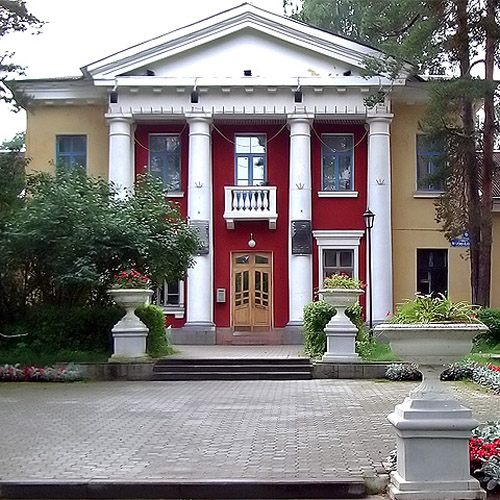Moscovium
115
Mc
Gruppe
15
Periode
7
Block
p
Protonen
Elektronen
Neutronen
115
115
173
Generelle Eigenschaften
Ordnungszahl
115
Atommasse
[288]
Massenzahl
288
Kategorie
Metalle
Farbe
n/a
Radioaktiv
Ja
Named after Moscow Oblast where Dubna is located
Kristallstruktur
n/a
Geschichte
Moscovium was identified in 2004 by a team composed of Russian scientists at the Joint Institute for Nuclear Research in Dubna, and American scientists at the Lawrence Livermore National Laboratory.
The team reported that they bombarded americium-243 with calcium-48 ions to produce four atoms of moscovium.
These atoms decayed by emission of alpha-particles to nihonium in approximately 100 milliseconds.
The team reported that they bombarded americium-243 with calcium-48 ions to produce four atoms of moscovium.
These atoms decayed by emission of alpha-particles to nihonium in approximately 100 milliseconds.
Elektronen pro Schale
2, 8, 18, 32, 32, 18, 5
Elektronenkonfiguration
[Rn] 5f14 6d10 7s2 7p3
Moscovium is historically known as eka-bismuth
Physikalische Eigenschaften
Aggregatzustand
Fest
Dichte
-
Schmelzpunkt
-
Siedepunkt
-
Schmelzwärme
n/a
Verdampfungswärme
n/a
Spezifische Wärmekapazität
-
Häufigkeit in der Erdkruste
n/a
Häufigkeit im Universum
n/a

Danksagungen für Bilder: Wikimedia Commons (Hrustov)
The element was discovered at the Joint Institute for Nuclear Research in Dubna, Russia
CAS-Nummer
54085-64-2
PubChem CID-Nummer
n/a
Atomeigenschaften
Atomradius
-
Kovalenter Radius
162 pm
Elektronegativität
-
Ionisierungsenergie
-
Molares Volumen
-
Wärmeleitfähigkeit
-
Oxidationszustände
1, 3
Anwendung
Moscovium is used for scientific research purposes only.
Moscovium is harmful due to its radioactivity
Isotope
Stabile Isotope
-Instabile Isotope
287Mc, 288Mc, 289Mc, 290Mc, 291Mc